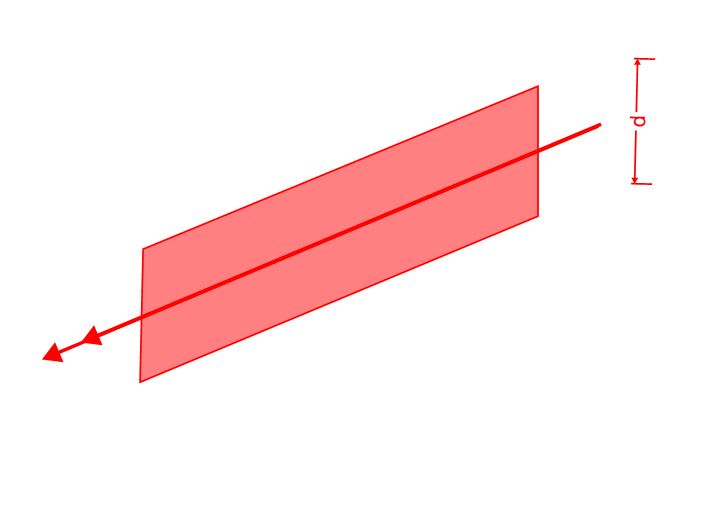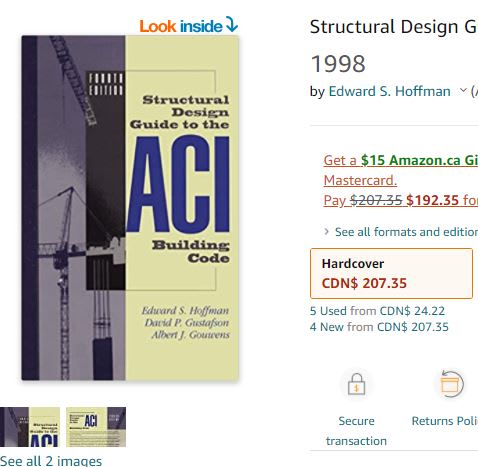canwesteng
Structural
- May 12, 2014
- 1,705
This is something that has been driving me nuts for some time, as I could never reconcile polar moment of inertia with the formula presented in the code. I've sketched out how I think it should work for a center and edge column, and I'm wondering if anyone agrees with me. Hope this is of some use to someone searching for this in the future as well.


